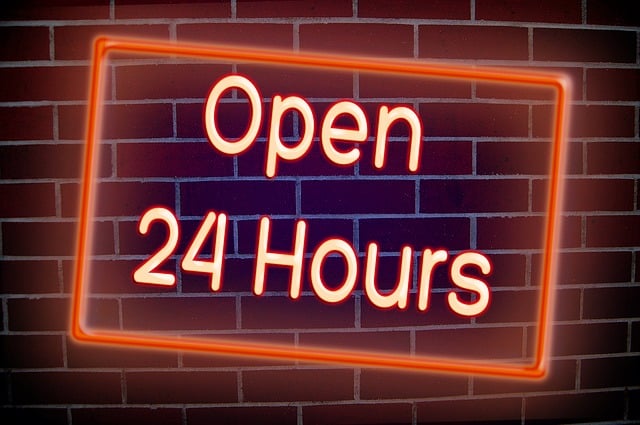
How Opening Hours & Popular Times Impact Local Rankings
You frantically search for a local bakery on your phone, craving a flaky croissant to jumpstart your morning. Google Maps points you in the right direction, but upon arrival, you’re met with a cruel twist of fate: a closed door and a display of tempting pastries just out of reach.
Frustration sets in. This scenario, unfortunately, is a common one, highlighting a crucial, yet often overlooked, aspect of local SEO: time-based ranking factors.
The ever-evolving world of local SEO has thrown us a curveball recently. Gone are the days of simply optimizing keywords and building backlinks.
Now, it seems Google is taking into account the very notion of time itself when deciding how to rank local businesses.
In this post, we discuss it in more detail.
The Opening Hours uproar
It all started with a bombshell dropped in the local SEO community in late 2023. Sterling Sky, a leading SEO firm, revealed their discovery – opening hours appeared to be influencing local search rankings.
The news sent ripples through the industry, sparking debate and uncertainty. Some SEOs hailed it as a game-changer, emphasizing the importance of accurate and up-to-date opening hours. Others remained skeptical, questioning the validity of the claim and potential negative consequences.
Google, on the other hand, remained tight-lipped. Their silence fuelled speculation, with some even suggesting it could be a temporary glitch. To this day, there’s no official confirmation from Google about the extent to which opening hours impact rankings.
Popular Times: A new time-based ranking factor?
The plot thickens further with the emergence of “Popular Times” as a potential ranking factor. Introduced by Google, Popular Times displays graphs on local business listings indicating typical busy and slow periods throughout the week.
Here’s where things get interesting – a recent case study by Claudia Tomina suggests a correlation between a business’s Popular Times and its local ranking.
Tomina’s research indicates that businesses with higher peaks in their Popular Times graphs tend to rank higher for relevant keywords during those peak hours. This isn’t to say Popular Times is the sole ranking factor, but it seems to be playing a role in the complex algorithm.
So, how can you leverage Popular Times to your advantage?
- Monitor Your Popular Times: Regularly monitor your Popular Times data on Google My Business. This will give you valuable insights into customer traffic patterns.
- Targeted Promotions: During slow periods, consider running targeted promotions or special offers to incentivize customers to visit during those times. This can help improve your Popular Times graph and potentially boost your ranking during those hours.
Here’s a word of caution: Popular Times data is based on anonymized user location history. It’s not an exact science, and trends can fluctuate over time. Don’t chase temporary spikes in popularity; focus on providing a consistently excellent customer experience throughout your operating hours.
Best practices for time-based optimization
While the exact weight Google places on opening hours and Popular Times remains a mystery, there are steps you can take to optimize your local presence for these time-based factors.
- Claim and Verify Your Google My Business Listing: Google My Business (GMB) is the central hub for managing your local business information on Google. Claim and verify your GMB listing to ensure you have complete control over your business hours and other crucial details.
- Update Your Opening Hours Regularly: Keep your opening hours on GMB accurate and up-to-date. This includes accounting for holidays, special events, or temporary closures.
- Utilize Scheduling Tools: GMB offers tools to schedule specific opening hours for holidays or events, ensuring your information is always accurate.
- Monitor Reviews and Respond Promptly: Customer reviews can significantly impact your local ranking. Pay close attention to reviews mentioning your business hours, both positive and negative. Respond promptly and professionally to all reviews, addressing any concerns about opening hours.
- Track Your Local Rankings: Keep a close eye on your local search rankings using local SEO tools. By monitoring your rankings over time, you can identify any correlations between changes in your opening hours and your search visibility.
Conclusion
The world of local SEO is constantly evolving, and the introduction of time-based ranking factors adds another layer of complexity for businesses to navigate. While the full impact of opening hours and Popular Times on rankings is still unfolding, it’s clear that accurate and consistent time-related information is crucial for local search success.
By following the best practices outlined in this blog post, you can take proactive steps to optimize your business for these time-based factors







